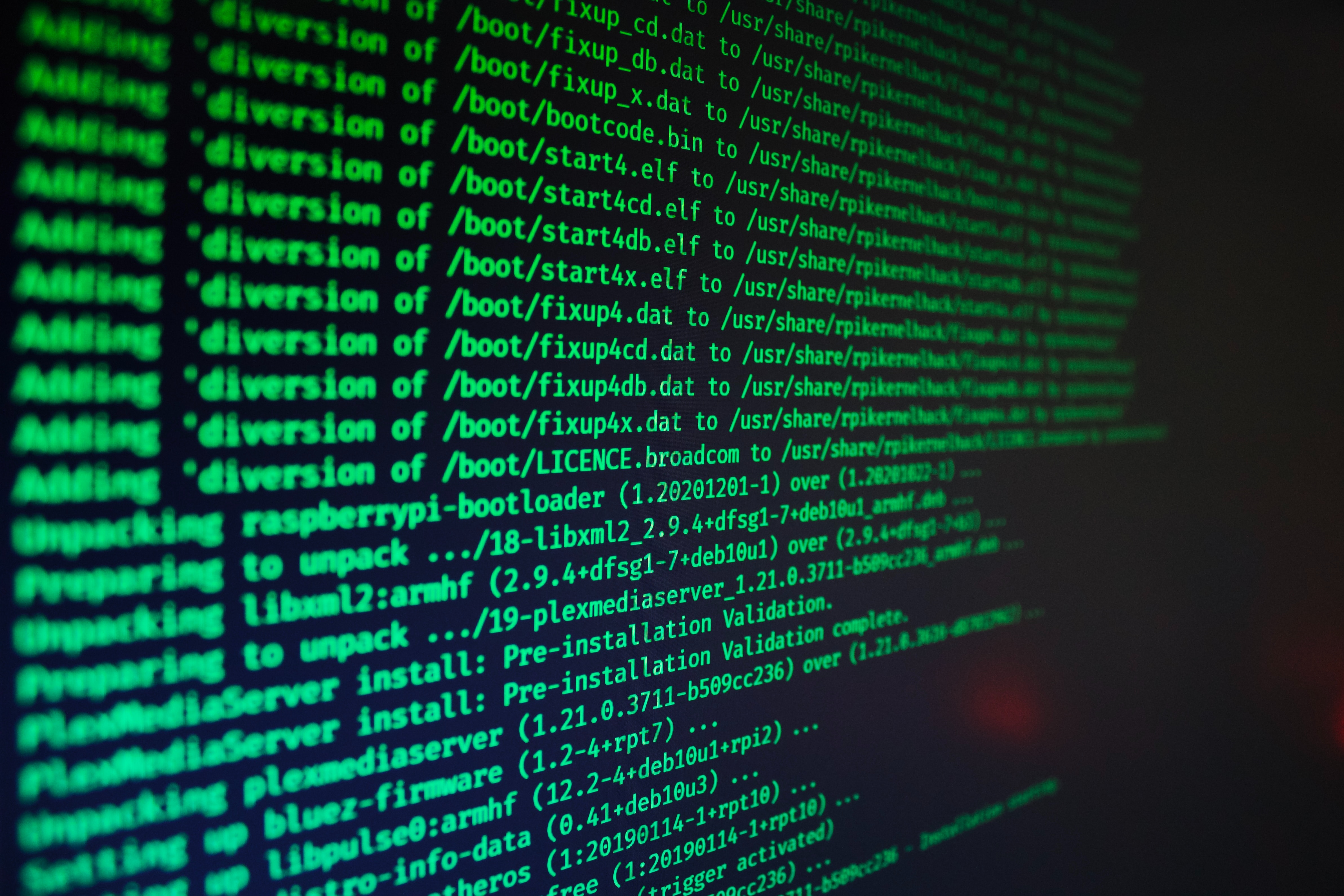The Fundamentals of Java Coding: A Guide to Writing Robust and Efficient Code

The Three Pillars of Java Coding
Java coding is the process of creating programs or instructions using the Java programming language. Java stands as one of the most popular and widely used coding languages, favored for its ability to develop applications for web, mobile, desktop, and even video games and embedded systems. It is an object-oriented language that prioritizes minimal implementation dependencies, setting it apart from other programming languages.
Java coding encompasses three main paradigms: structured, object-oriented, and functional programming. Structured programming involves a logical, step-by-step approach to executing program code. This structured logic is instrumental in solving problems in an organized manner. The object-oriented style, widely embraced in modern coding, empowers developers to build hierarchies of code and classes, simplifying the management and debugging of complex programs. Functional coding, on the other hand, revolves around using functions to pass data within programs, a method often applied in game development and scientific computing.
The Essential Building Blocks
The foundational principles of Java coding begin with a grasp of the language's syntax, familiarity with its libraries and classes, and a firm understanding of object-oriented programming. To become a proficient Java programmer, one must first master the language's logic-based syntax. This entails understanding how semicolons and braces delineate code blocks, declaring data types, and accurately defining and invoking methods. Furthermore, proficiency in Java coding hinges on selecting the right libraries and classes for various project needs. An adept Java programmer delves into object-oriented programming principles, including inheritance, encapsulation, and polymorphism.
The Right Tools: Integrated Development Environments (IDEs)
Java coding is typically executed within Integrated Development Environments (IDEs), applications that facilitate program creation and editing within a unified graphical interface. Java boasts a variety of IDEs, each offering a distinct set of features to cater to individual needs. Among the most popular IDEs for Java coding are Eclipse, IntelliJ IDEA, and NetBeans, each equipped to streamline the development process.
The Methodical Approach to Coding
When coding in Java, it's crucial to adopt a systematic approach. Think through each step of your program's development before you begin typing out code. Maintain a high degree of code organization and include comments to enhance code comprehensibility for both your colleagues and your future self.
Modern Java Coding: Embracing MVC Frameworks and Testing
Today's Java coding incorporates technologies such as Model View Controller (MVC) frameworks, which expedite software development by following a design pattern. Frameworks like Stripes, Spring, and Hibernate provide invaluable tools for simplifying web application development. Testing methods are an integral part of Java coding to ensure code compliance with client requirements. This involves conducting unit tests to identify syntax and logic errors, as well as integration tests to evaluate code performance in diverse environments and configurations. Robust and reliable code is the ultimate goal.
Conclusion: Unleashing Java's Potential
Java coding stands as a powerful and versatile language, instrumental in the creation of diverse applications and systems. It's imperative for developers to grasp the language's fundamentals, understand the different coding styles, and leverage IDEs, frameworks, and testing methodologies for successful Java coding. With a comprehensive understanding of the language and the tools of development, Java developers can build robust, efficient, and reliable applications.
Additional Resources
- Official Java Documentation - Access comprehensive Java documentation and resources from Oracle.
- IntelliJ IDEA Guide - A comprehensive guide to using IntelliJ IDEA for Java development.
- Java Technologies at Oracle - Explore a range of Java technologies and their applications.

